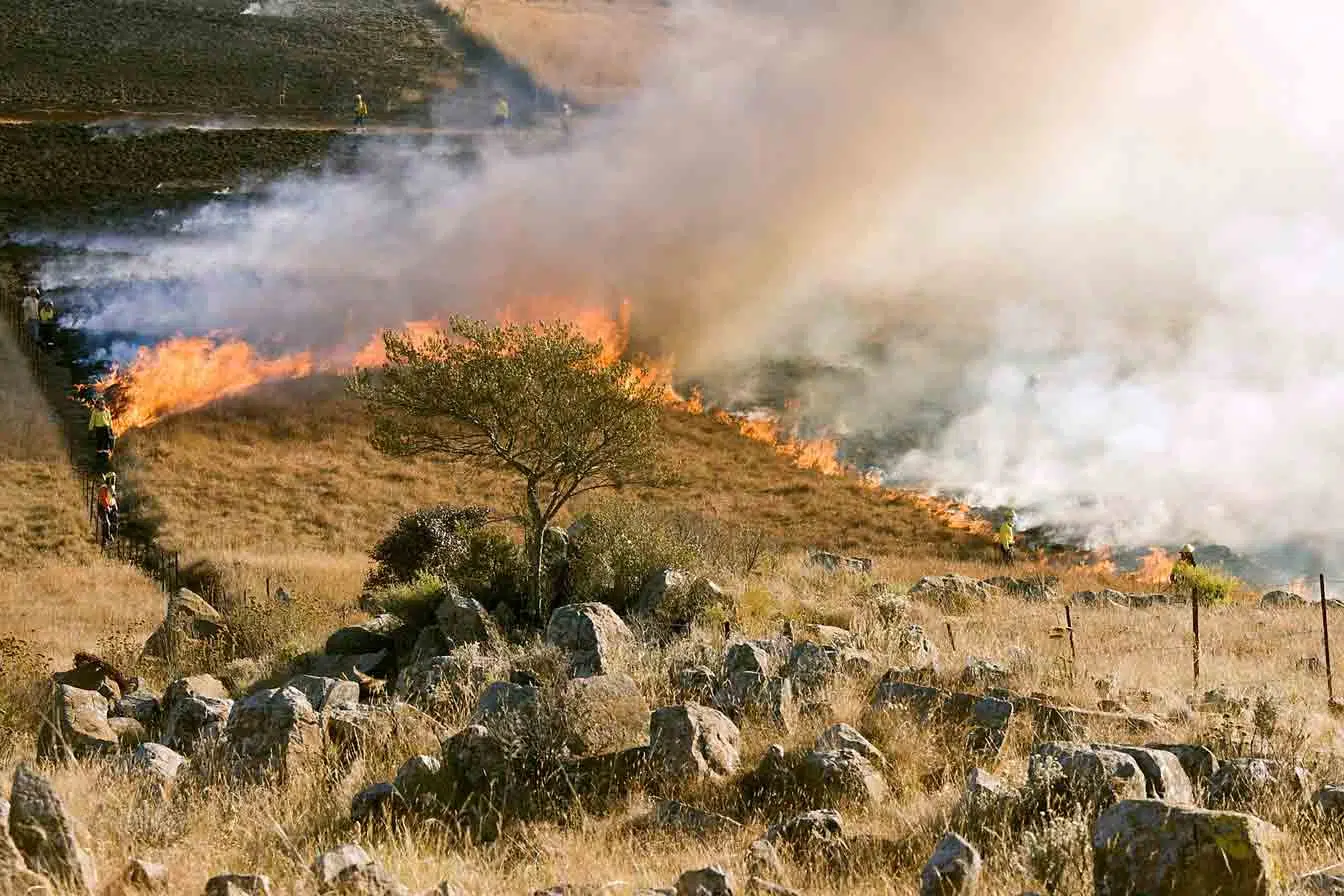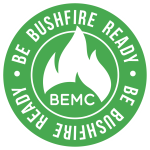In recent years, bush fires have become an increasingly pressing concern for Australians. As the frequency and intensity of bush fires has increased, the need to consider bush fire protection in the planning process has become more important than ever. All development on land designated as bush fire prone is required to comply with Planning for Bush Fire Protection and AS3959.
These standards help to ensure that new development is able to withstand the threat of bush fire and minimise the risk to life and property. In addition, any proposed development in a bush fire area must be assessed by a registered Bush Fire Consultant.
This assessment assesses the potential risk of a bush fire and determines what measures need to be taken in order to ensure the safety of those who will be living or working in the area. By understanding the risks and taking appropriate precautions, we can help to create a safer future for all Australians.
What The Planning For Bush Fire Protection Document Means For You
In NSW, all new homes built on land identified as being bush fire prone must comply with the specifications contained in PBP 2019. The document contains provisions for a number of fire protection measures, including the construction of firebreaks and the use of non-combustible materials.
In addition, PBP 2019 requires that homes be designed to minimise the risk of ember attack. This means that windows and doors must be located away from areas where embers are likely to accumulate, and vents must be screened to prevent the entry of embers. By complying with PBP 2019, homeowners can help to create a safer environment for themselves and their neighbours in the event of a bush fire.
What Is AS3959-2018?
AS3959-2018 is the standard for construction in bushfire prone areas. It was adopted on 1 March 2020 to coincide with the adoption of PBP 2019. The standard sets out requirements for construction in order to prevent or minimise damage from exposure to bushfire.
These requirements includes things such as using non-combustible materials, having adequate separation from bushland, and ensuring that windows and doors are properly protected. Complying Development Certificates and construction certificates issued for building works from 1 March 2020 must comply with AS3959-2018 and the NCC.
This means that any building built in a bushfire prone area after this date must meet the standards set out in the AS3959-2018 in order to be certified.
What Building Materials Should I Use To Be Compliant With AS3959-2018?
If you’re building a home in an area susceptible to bushfires, it’s important to use materials that are compliant with AS3959-2018. This standard specifies the construction requirements for buildings in bushfire-prone areas, and includes requirements for both cladding and roofing. For cladding, non-combustible materials such as brick, stone or concrete are best.
If you do use a combustible material, it must be of a certain thickness and have a low fire spread index. For roofing, metal is the best option as it has a high ignition temperature and is not easily flammable. However, if you do use a combustible material, it must be at least 18mm thick and have a Class A fire rating. By following these guidelines, you can help to ensure your home is safe in the event of a bushfire.
Building in a bushfire prone area can be a challenge, but with the right planning it can be done safely. Bushfire and Environmental Management Consultancy can help you to assess the risk of bushfire on your property and develop a plan to mitigate the risks. We can also provide advice on choosing materials and construction methods that will help to make your home more resistant to bushfire. With our assistance, you can build your dream home in a bushfire prone area with confidence. Contact us today to learn more about our services.








